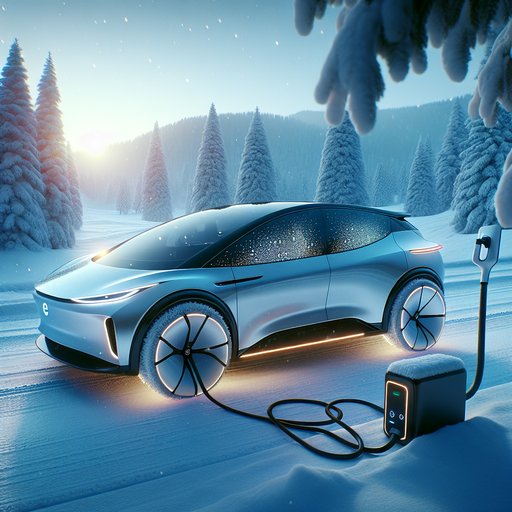
We spent two February weeks and 600 miles evaluating a 2024 Hyundai Ioniq 5 AWD Limited in Midwestern winter, focusing on snow traction, cabin heating, and cold‑weather reliability, with daily lows down to −6°F and several fresh snowfalls.
Our test car was the dual‑motor Ioniq 5 AWD Limited (77.4 kWh battery), rated at 320 hp and 446 lb‑ft. EPA range is 260 miles on 19-inch wheels. At 4,600 lb with 6.1 inches of ground clearance, it’s not a plow-through-the-drifts crossover, but it has quick torque, an e‑AWD system with a dedicated Snow mode, and a heat pump on this trim. Testing covered packed snow, plowed but slick side streets, and a 200‑mile highway loop at 70 mph in 20°F ambient.
The car was fitted with 255/45R20 Nokian Hakkapeliitta R5 winter tires at 36 psi cold. We performed multiple cold-soak starts after overnight parking outdoors, used remote preconditioning, and logged energy use, warm-up times, and two DC fast-charge sessions. Snow traction is confident with proper winters. Launches on a 7% packed-snow incline were drama-free in Snow mode; throttle mapping is softened and the front motor engages early to limit wheelspin.
Stability control is conservative but predictable, letting a small slip angle before trimming power. Steering feel is light but accurate, and the low CG helps with mid-corner stability on rutted snow. The limiting factor is clearance: in 6–8 inches of heavy snow the Ioniq 5 starts to belly out sooner than taller SUVs. Braking on packed snow remained stable with even ABS pulsing; stopping distances were naturally long but consistent for the tire class.
Cabin heat is quick and efficient for an EV. After a −4°F cold soak, remote preheat brought the cabin to 68°F in 7 minutes; the windshield cleared in roughly 4 minutes with the rear defogger on. Initial HVAC draw peaked near 4–5 kW, settling to 1.5–2.0 kW at 68°F. Seat and wheel heaters are strong and reduce HVAC load on longer drives.
One‑pedal i‑Pedal regen is limited when the pack is cold; friction braking blends seamlessly, and full regen returned after 15–20 minutes of driving. Visibility is good; mirrors clear quickly and side windows resisted fogging with the A/C dehumidifier active. Expect range loss. On our 70‑mph loop at 20°F with heat set to 68°F Auto, we averaged 2.3 mi/kWh (about 178 miles of usable range).
At 0–10°F mixed city/suburb with frequent short trips, consumption fell to 1.9 mi/kWh (≈145–155 miles). DC fast charging is heavily temperature‑dependent: arriving with a cold pack and no battery preconditioning, we saw 78 kW peak on a 350‑kW station at 18°F. Using in‑nav charger routing to enable preconditioning and a 25% arrival SoC, the car peaked at 168 kW and held >120 kW to ~45% SoC—still slower than summer but trip‑viable. Reliability was solid over repeated cold soaks.
No 12‑V warnings, no start faults, and the app consistently woke the car for preheat. The charge‑port door opened every time but moved sluggishly after freezing rain; a quick de‑ice spray helped. Pop‑out door handles can stick if icy—silicone treatment prevented reoccurrence. Suspension stays quiet over frozen washboard, and the heat pump emits a faint compressor whine at idle that’s easy to tune out.
Overall, the Ioniq 5 AWD is winter‑capable if you respect its ride height and plan for 25–35% range loss in subfreezing temps. Fit quality winter tires, use remote preconditioning (cabin and battery), and aim to arrive at DC fast chargers warm. If you routinely see unplowed roads deeper than 6 inches, a taller SUV will go farther; otherwise, the Ioniq 5 delivers confident traction, fast heat, and dependable cold‑weather manners.












